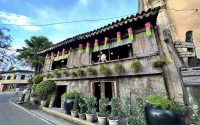Aso Mountain: On Top Of Japan’s Most Active Volcano
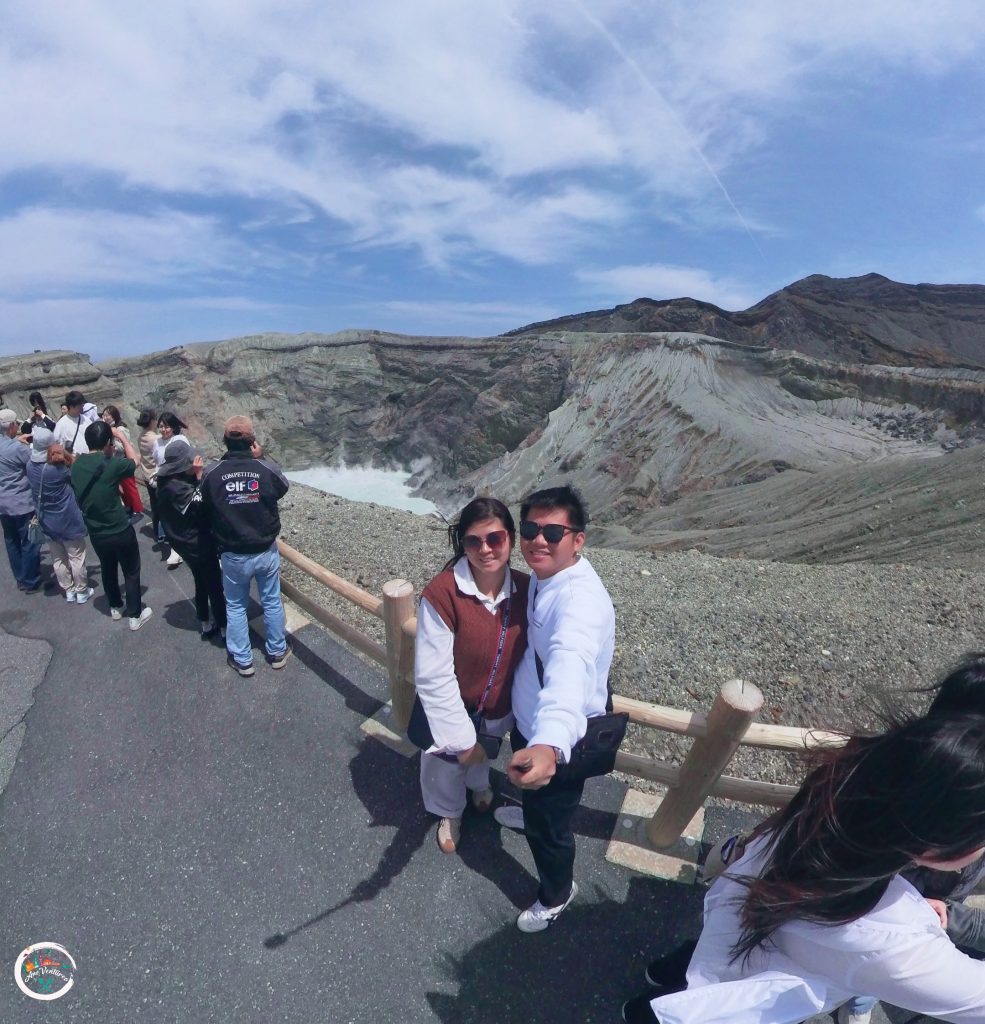
Tucked in the heart of Kumamoto Prefecture, Mount Aso stands as one of Japan’s most iconic natural landmarks. It’s not only the largest active volcano in Japan, but also boasts one of the world’s largest calderas, earning its place as a source of local pride for the people of Kyushu. The volcano’s enduring activity and spiritual significance have long shaped the landscape, culture, and cuisine of the region. For the locals, Mount Aso isn’t just a tourist attraction. It’s a living symbol of resilience and reverence.
We got to see this firsthand on our recent Kyushu tour booked through Klook, which conveniently bundled Mount Aso with Kamishikimi Kumanoimasu Shrine and Kurokawa Hot Spring.
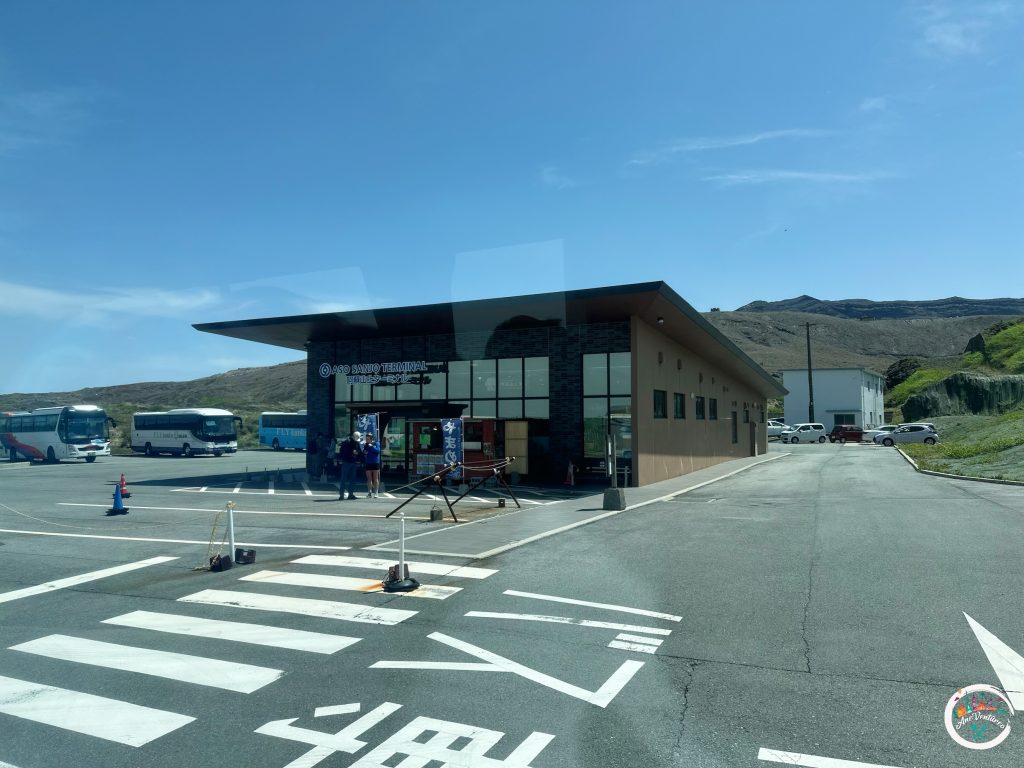
Our first stop was the Aso Sanjo Terminal, where two religious structures, a Shinto shrine and a Buddhist temple, are also located. Both are dedicated to Takeiwatatsu no Mikoto, the volcano god. It’s fascinating to learn that in both religious traditions, the primary goal of these temples is to appease the gods who dwell within Mount Aso, praying that they remain calm and prevent eruptions. This dual-faith approach reflects the deep spiritual reverence the Japanese have toward nature.
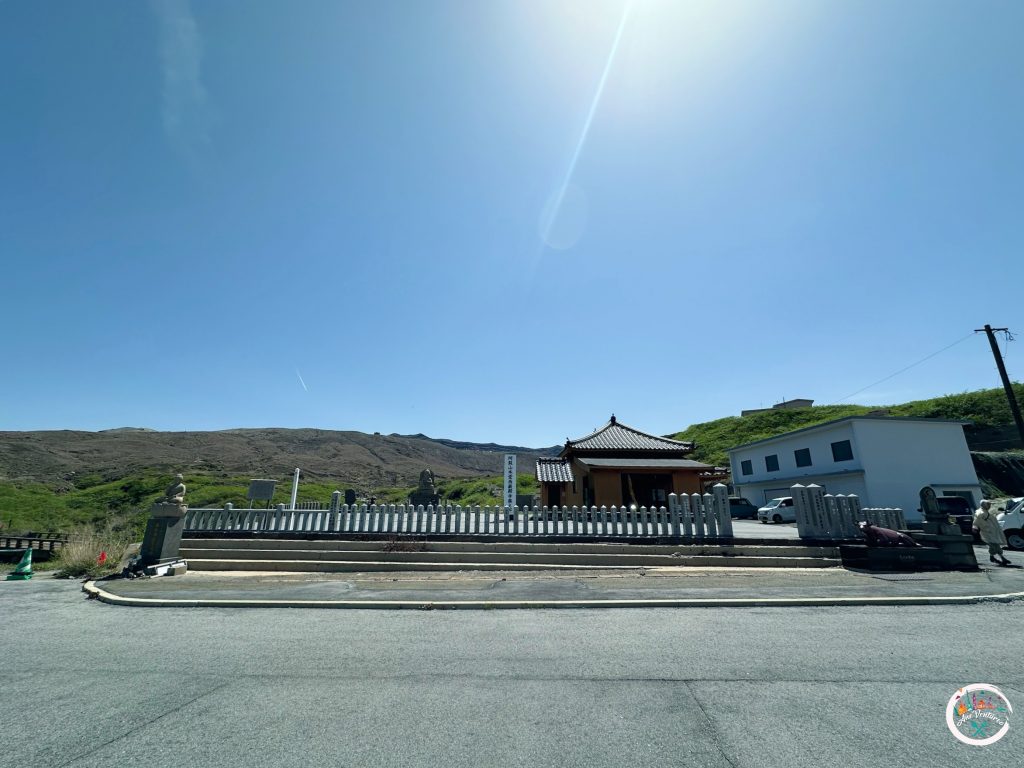
After exploring the terminal area, we were asked to switch to a smaller bus to reach the volcano’s viewing deck. This was quite confusing and frankly, frustrating because we had already paid for the full tour via Klook. On the day of the tour, however, we were charged an additional fee for this separate shuttle from Aso Sanjo Terminal to the Nakadake Crater viewing route. Apparently, our original bus was too large to take us all the way there. Still, I couldn’t help but question why this wasn’t included in the original package. If we already paid for the ride from Fukuoka City and the Nakadake Crater entrance, why exclude the most critical connection in between?
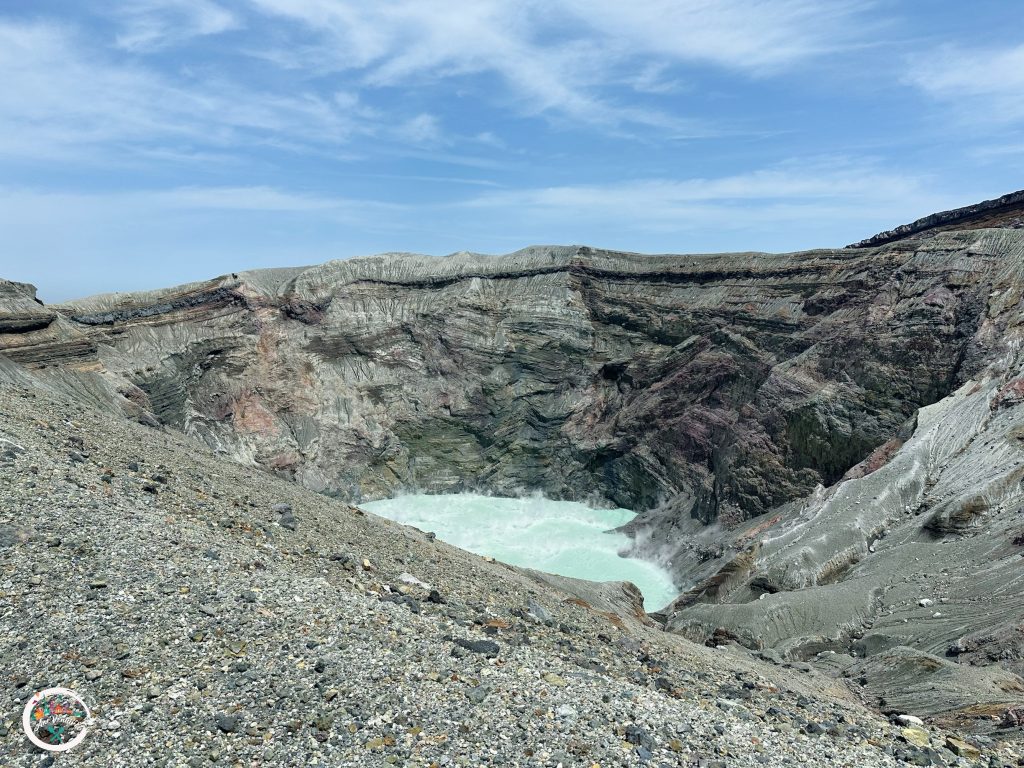
Despite the inconvenience, the highlight of the tour, Mount Aso’s Nakadake Crater, did offer a rare and surreal experience. The crater lake, cloaked in swirling smoke and surrounded by vibrantly colored crater walls, had an eerie, almost otherworldly charm. The milky green water looked like something out of a sci-fi movie. You could almost feel the Earth breathing beneath you. The scene was so iconic that locals even sell sulfur rocks as souvenirs.
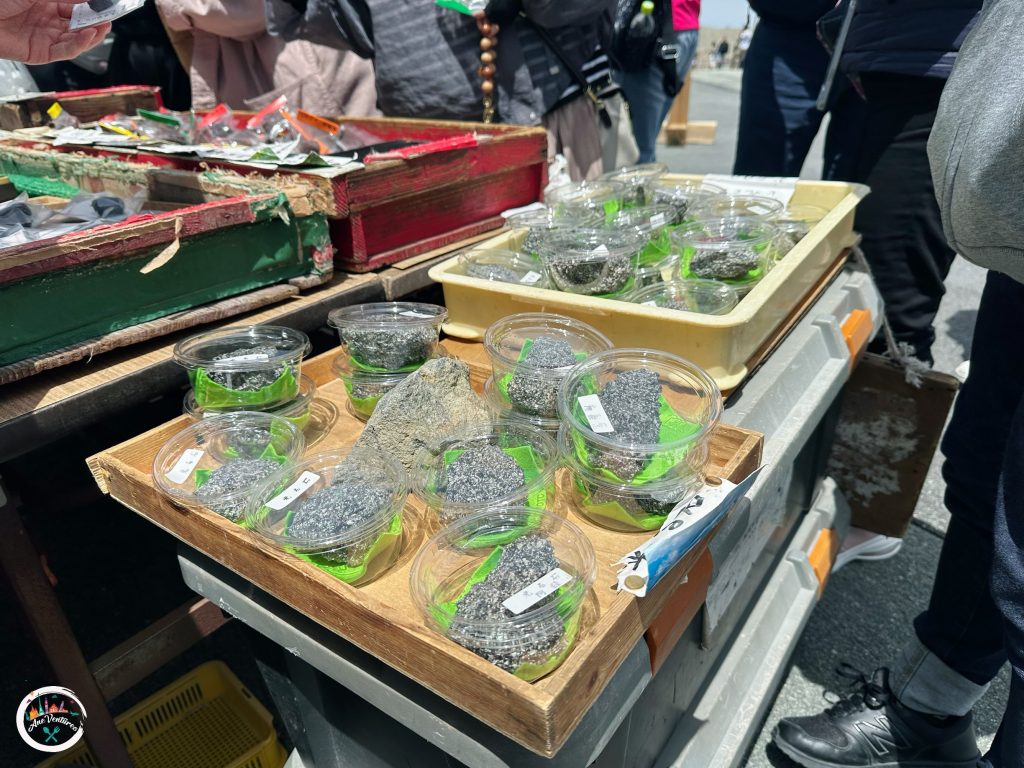
That said, we didn’t find the experience particularly fun or engaging. It was, at best, a quick sightseeing stop. Yep, seeing an active volcano up close is rare, but once you’ve taken in the view, there’s not much else to do. Maybe that’s why the tour guide only gave us 30 minutes here. It felt like a missed opportunity, perhaps trail riding or more interactive activities could’ve made the visit more memorable.
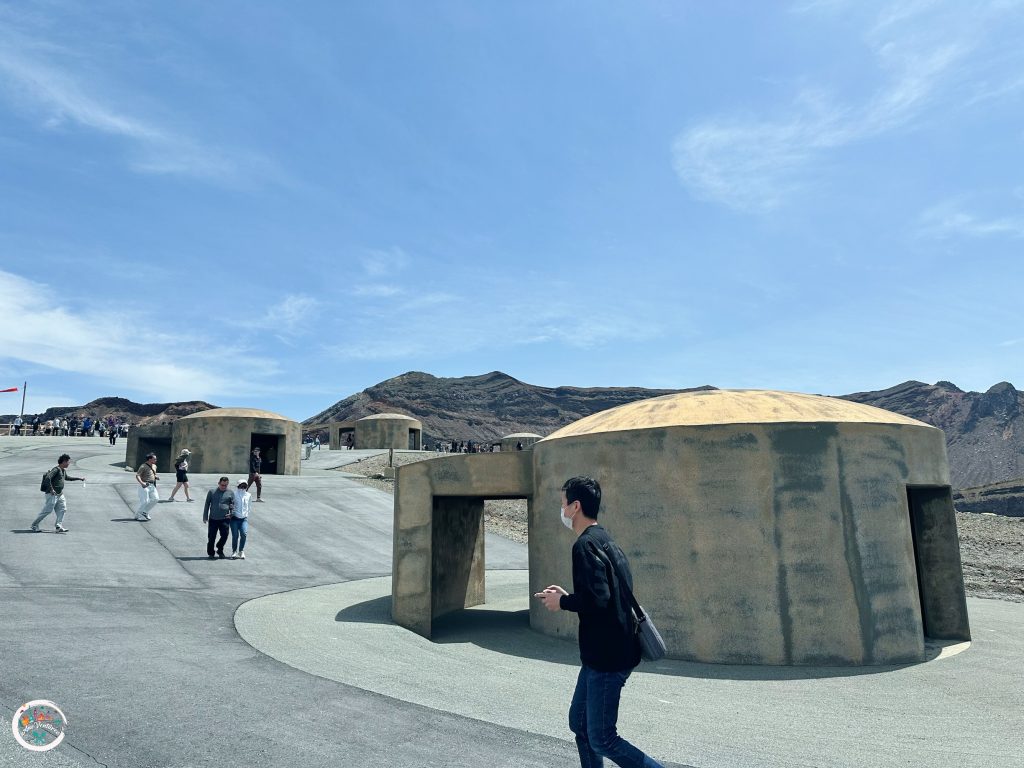
Even as a passive sightseeing destination, Mount Aso Nakadake didn’t quite live up to our expectations. Compared to places like Owakudani in Hakone, this spot lacked visual drama. Ironically, the road to the crater offered better scenery than the crater itself. The cold, windy weather didn’t help either. There were dugouts at the observation deck, but they did little to shield us from the harsh conditions.
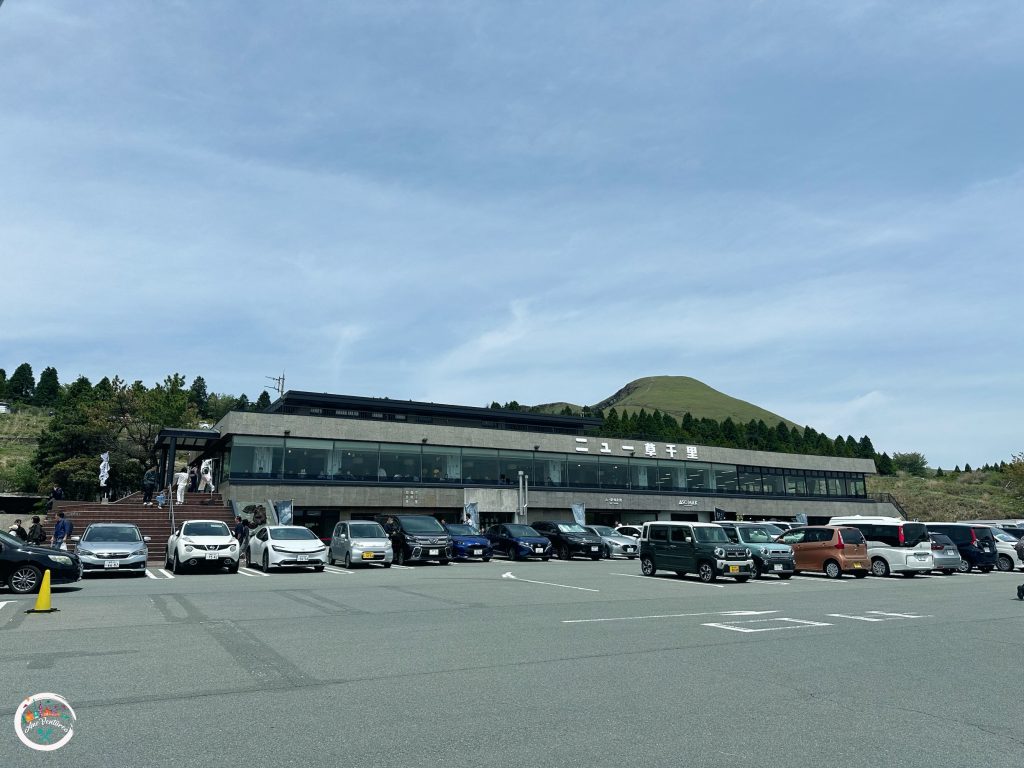
Thankfully, Aso redeemed itself through its food. Known for its local dairy products and horsemeat, the city is a culinary hotspot. Even in Fukuoka, many ice cream parlors proudly advertise that they use Aso Jersey milk. It’s a testament to its reputation. Our lunch stop at Kusasenri Green Park allowed us to finally savor some of these local flavors.
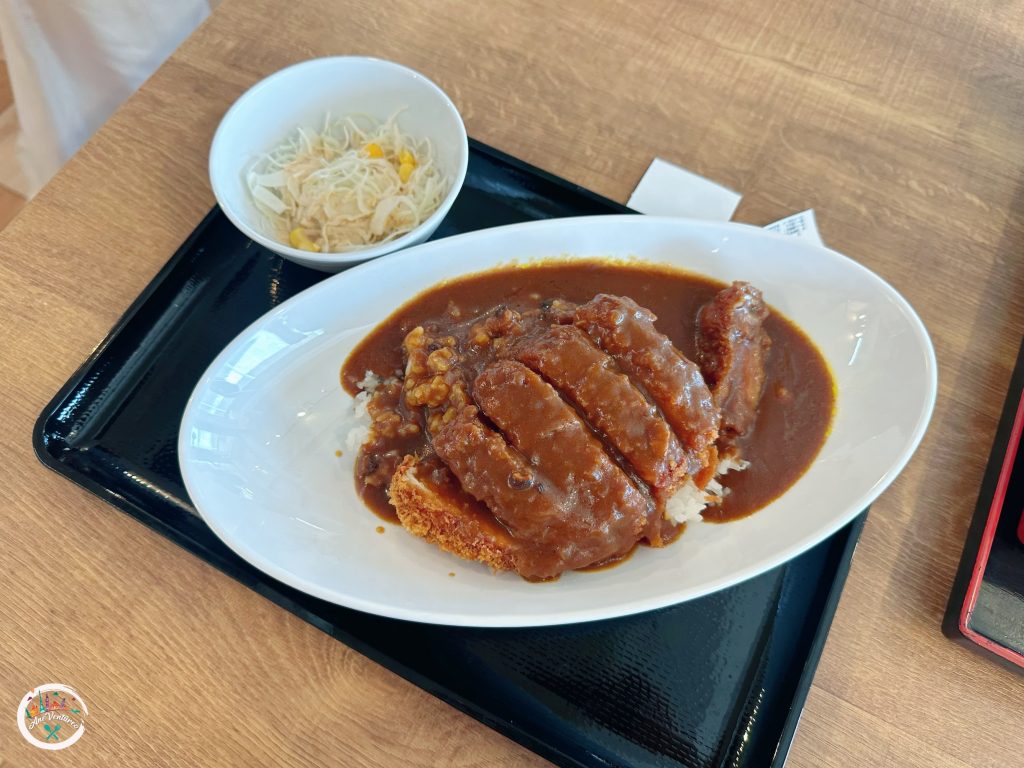
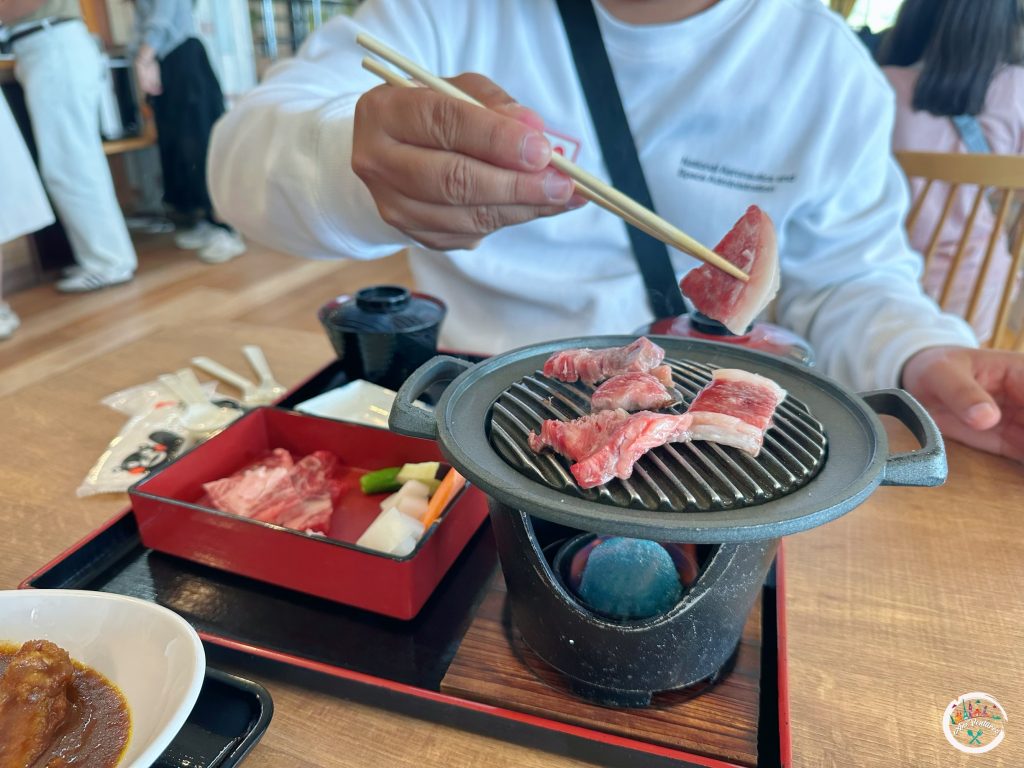
I ordered the pork cutlet curry rice. The curry itself was rich and flavorful. You could tell it was made with care, possibly incorporating soybeans. However, the pork quality fell short of my expectations. I’ve had better pork cutlets back home in Yabu, Philippines. On the other hand, the Kumamoto red beef steak set was a winner. The beef was premium quality, and we got to grill it ourselves on a sizzling iron plate, which added an interactive and fun twist to the meal.
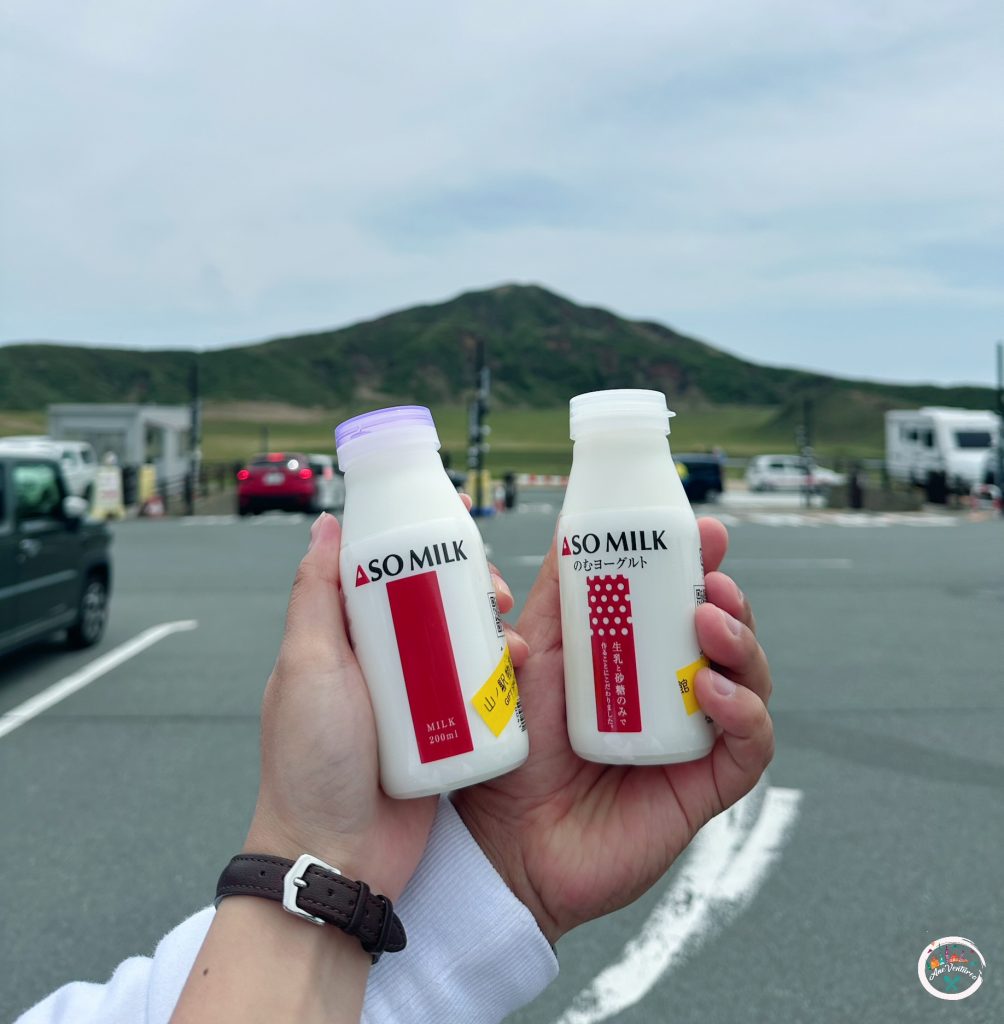
Our tour guide recommended we try the Aso milk yogurt and it was definitely unique. It had a fresh, natural flavor with subtle cheesy notes, a stark contrast to the overly sweet commercial yogurts I’m used to. It didn’t have any added sweeteners or flavoring, which gave it a raw authenticity. While I appreciated its uniqueness, I wouldn’t go out of my way to try it again.
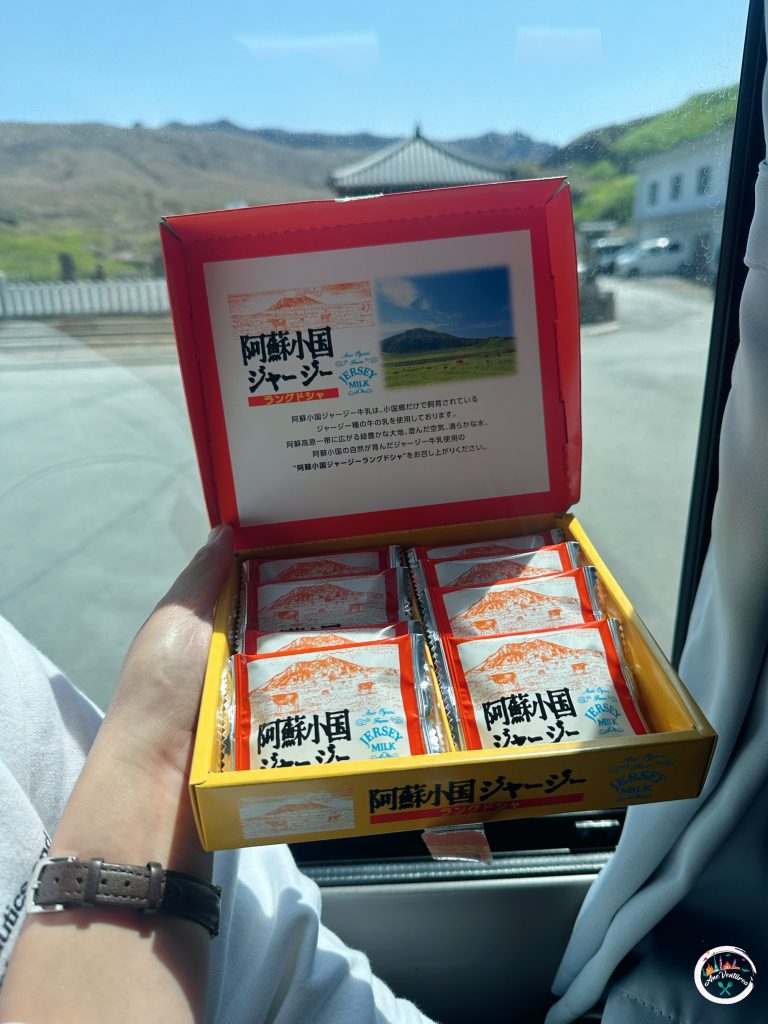
As a fan of the Tokyo Milk Cheese Factory, especially their honey and gorgonzola flavor, I couldn’t resist buying a locally made version from Aso Oguni Farm when I saw it. The cheese was incredibly smooth and melted like butter. However, the taste leaned more on the salty side, which isn’t really my preference. The biscuit it came with was sweet like honey, which helped balance the flavor. Still, I personally prefer the Tokyo Milk Cheese Factory version.
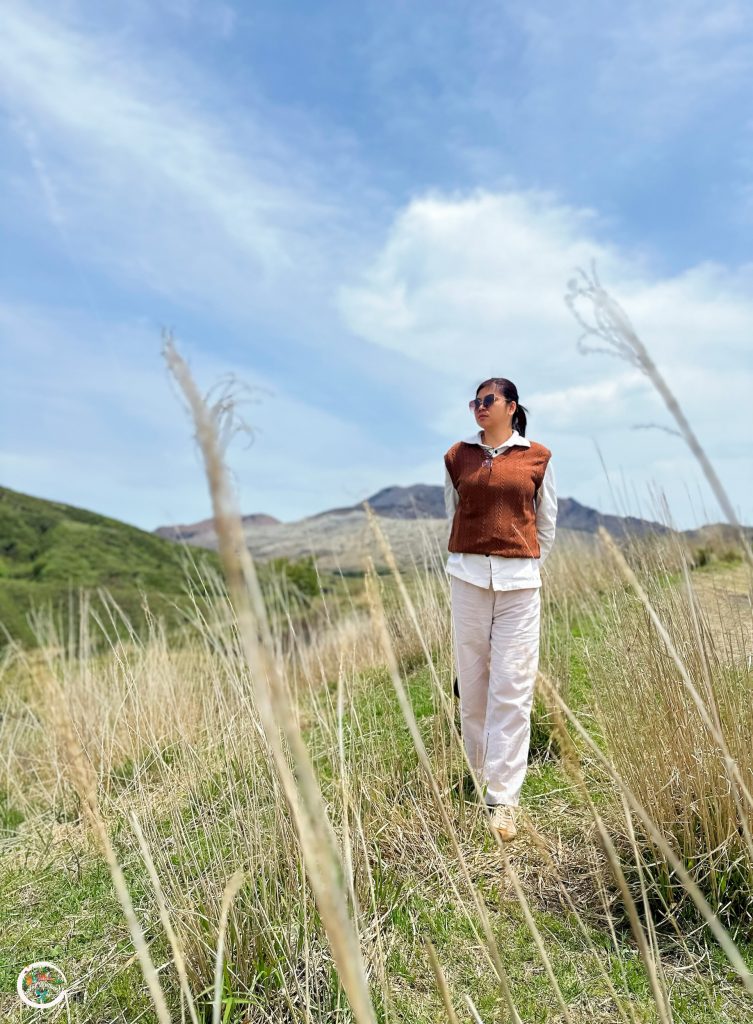
One of the more relaxing parts of our day was our visit to Kusasenri Green Park. The scenery here was far more calming and photogenic than the crater. We even climbed the small hill in front of the restaurant just to take it all in. The vast grassy plains made for beautiful photos, and from here, we could see the steaming Nakadake Peak from a distance. The park also houses the Aso Volcano Museum, though unfortunately, we didn’t have time to go inside.


